Full Stack Development Internship Program
- 29k Enrolled Learners
- Weekend/Weekday
- Live Class
Python Programming language has many applications when it comes to implementation. Web development being one of the applications, there is a pressing need to understand which framework will serve your purpose in the best way possible. In this blog, we will understand the key features of the top 5 python frameworks. Following are the topics covered in this blog:
🐍 Ready to Unleash the Power of Python? Sign Up for Edureka’s Comprehensive Python Online Course with access to hundreds of Python learning Modules and 24/7 technical support.
A framework is a collection of modules or packages which helps in writing web applications. While working on frameworks in python we don’t have to worry about the low level details such as protocols, sockets or thread management.
Frameworks automate the common implementation of common solutions which gives the flexibility to the users to focus on the application logic instead of the basic routine processes.
Frameworks make the life of web developers easier by giving them a structure for app development. They provide common patterns in a web application that are fast, reliable and easily maintainable.
Lets take a look at a few operations involved in a web application using a web framework:
Advantages Of Frameworks
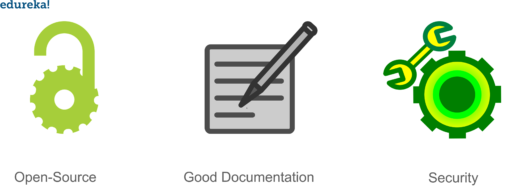
Frameworks make it easier to reuse the code for common HTTP operations. They structure the projects in a way so that the other developers with the knowledge of the framework can easily maintain and build the application.
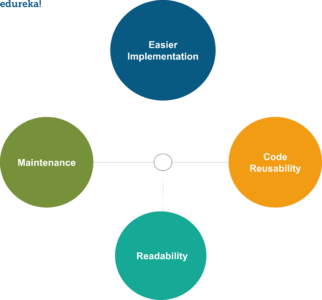
| Library | Framework |
| Less complex | More complex |
| When you call a method from a library, you are in control. | The control is inverted, the frameworks calls you. |
| A library performs specific operations. | A framework contains the basic flow, the rest is build by the user. |
The key advantage of using a framework instead of a library is the flexibility. They are extensible and provides us with the necessary tools to extend its features.
When you have a library, you have to learn each functionality to perform certain operations. But with frameworks it becomes relatively easy due to the structured control of the flow. We just have to direct our operations using a certain operation using the functionalities already existing in the framework.
Although there are a lot of frameworks available in the market for web development, below are the top 5 frameworks in python.
Depending upon the sort of functionalities and key features they provide to the user, these are top 5 frameworks in python, both micro-frameworks and full-stack frameworks.
Before we move any further, let us take a quick look at the difference between the terms mentioned below:
Difference between a micro-framework and a full-stack framework?
| Micro-framework | Full-stack framework |
| simple and easy to use | Complex and does the heavy lifting |
| url routing is RESTful often | Need not be RESTful |
| A good choice for small applications | Can be used to make any applications |
| Use WSGI and work through HTTP request/response. | Provide libraries, template engines, database management etc. |
Django
Django is a free and open-source full-stack python framework, it includes all the necessary features by default.
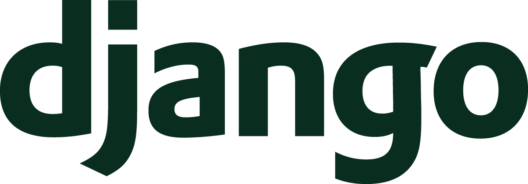
It follows the DRY principle, which says don’t repeat yourselves. Django uses its ORM mappers to map objects to database tables. An ORM or object relational mapper is a code library which helps you manipulate the data from a database using the object-oriented paradigm.
The main databases that django works on are PostgreSQL, MySQL, SQLite, Oracle. It can also work with other databases using the third party drivers.
Some of the exemplary features of django web frameworks are following:
Django also follows MVC-MVT architecture,
MVC-MVT architecture:
MVT is slightly different from MVC, Although Django takes care of the controller part which is the code that controls the interactions between the model and the view. And the template is HTML file mixed with Django template language.
Developer provides the model, view and the template. User then maps it to the url and then the rest is done by django to serve it to the user.
Web2Py
Web2Py is open source, scalable and a full-stack framework . It does not support python 3 and comes with its own web based IDE which also includes a separate code editor, debugger and one click deployment.

Following are the features of Web2Py framework:
Flask
Flask is a micro-framework. It is lightweight and its modular design makes it easily adaptable to developer’s needs. It has a number of out of the box features listed below:
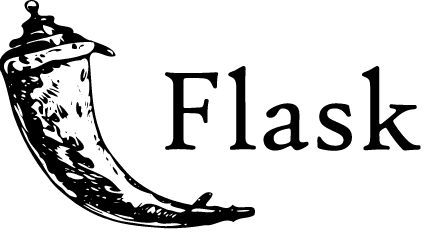
Bottle
Bottle is a micro-framework which is originally meant for building APIs , bottle implements everything in a single source file. It has no dependencies whatsoever apart from the python standard library.
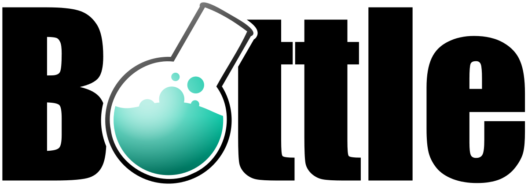
The default features include the following:
Bottle is perfect for building simple personal applications, prototyping and learning the organisation of web frameworks.
CherryPy
CherryPy is an open-source framework. It follows the minimalist approach in building web applications. It makes building web applications similar to writing an object oriented program.

CherryPy allows us to use any type of technology for creating templates and data access. It is still able to handle sessions, cookies, statics, file uploads and everything else a web framework typically can.
Following are some key features of CherryPy:
While choosing a framework for any project you must keep in mind the functionalities and features that it comes with. The specifications and the ability of a framework to cope up with those requirements will determine the performance of your project. In this blog, we have discussed the key features of top 5 frameworks in python which will help you determine the necessity of any of these frameworks while you are working on a web development project.
You can also refer to the video below to understand the key features of the top 5 frameworks in python.
Top 5 Frameworks In Python | Edureka
This video will help you understand the key features of the top 5 frameworks in python and compare the differences between them as well.
If you want to master web development using frameworks in python you can enroll in the Django certification program to learn web application development from scratch.
If you have any queries? you can mention them in the comments, we will get back to you as soon as possible.
 Thank you for registering Join Edureka Meetup community for 100+ Free Webinars each month JOIN MEETUP GROUP
Thank you for registering Join Edureka Meetup community for 100+ Free Webinars each month JOIN MEETUP GROUPedureka.co